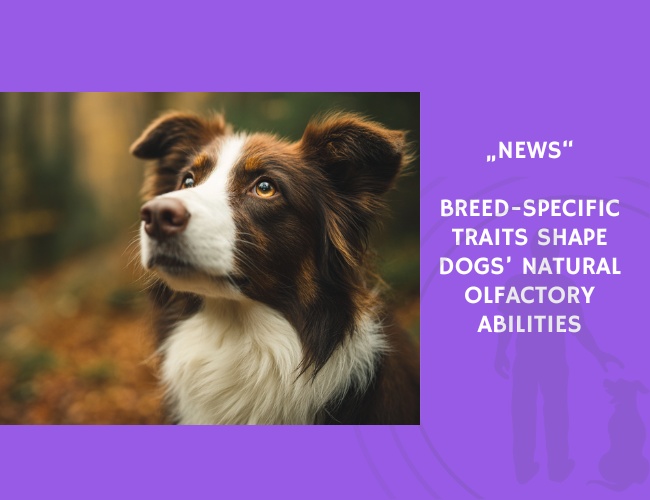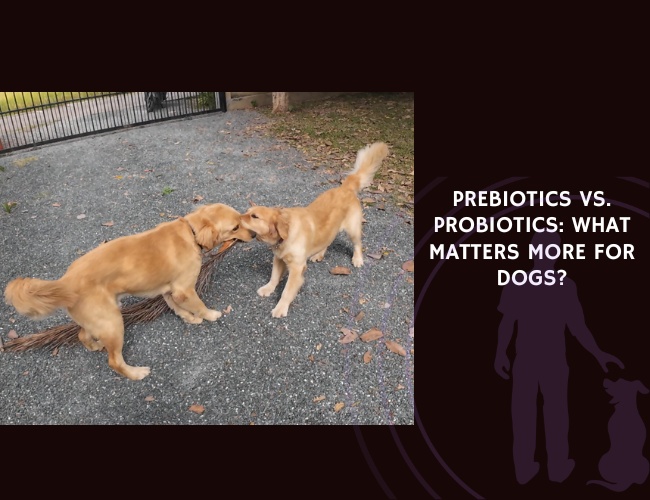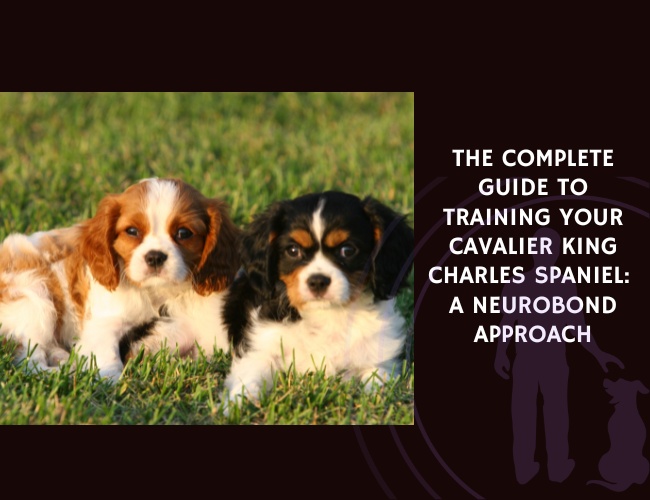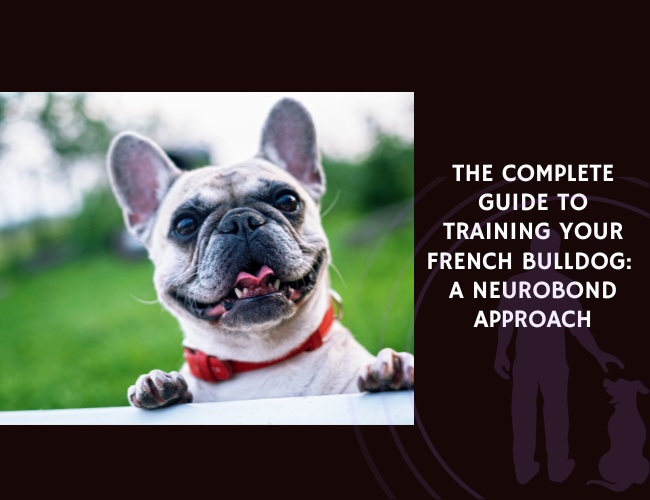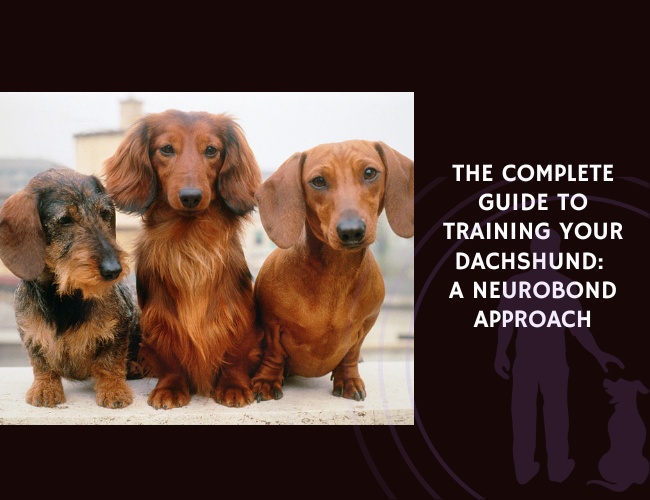For years, assumptions about canine scenting ability have rested on functional breed groupings, such as hunting or tracking dogs. However, a 2025 study of 527 pet dogs using a natural, untrained scent detection task challenges this view by showing that breed-specific traits matter more than traditional classifications.
The researchers used the Natural Detection Task (NDT), which does not rely on training or working-dog selection, to assess how well dogs of various breeds could locate hidden food. The study analyzed 484 dogs and found that olfactory performance varied significantly by breed. For example, border collies—primarily bred for herding—outperformed breeds typically associated with scent work, including basset hounds, bloodhounds, vizslas, and golden retrievers.
Beagles, a breed known for their strong noses, were among the fastest to find the food, outperforming border collies, cocker spaniels, Labradors, golden retrievers, and others. Interestingly, dogs with higher personality scores for Responsiveness to training were more successful in the task, while those with advanced training levels were slower to complete it—possibly due to over-reliance on trained routines rather than natural problem-solving.
Other factors such as Activity/Excitability scores, ADHD-like traits, and owners’ rewarding style did not significantly impact performance. The wide variability within breeds and breed groups points to the complex interaction of genetic and environmental influences in olfactory performance.
The findings suggest that breed-specific characteristics are better predictors of natural scenting success than broader functional groupings. This challenges long-held beliefs and underscores the importance of considering individual and breed-level differences in canine scent work and selection for detection roles.
Source: Attila Salamon, Ádám Miklósi, L. R. Zsiros, T. Kovács, Enikő Kubinyi, A. Andics, Márta Gácsi, Scientific Reports, January 21, 2025. https://doi.org/10.1038/s41598-025-87136-y

